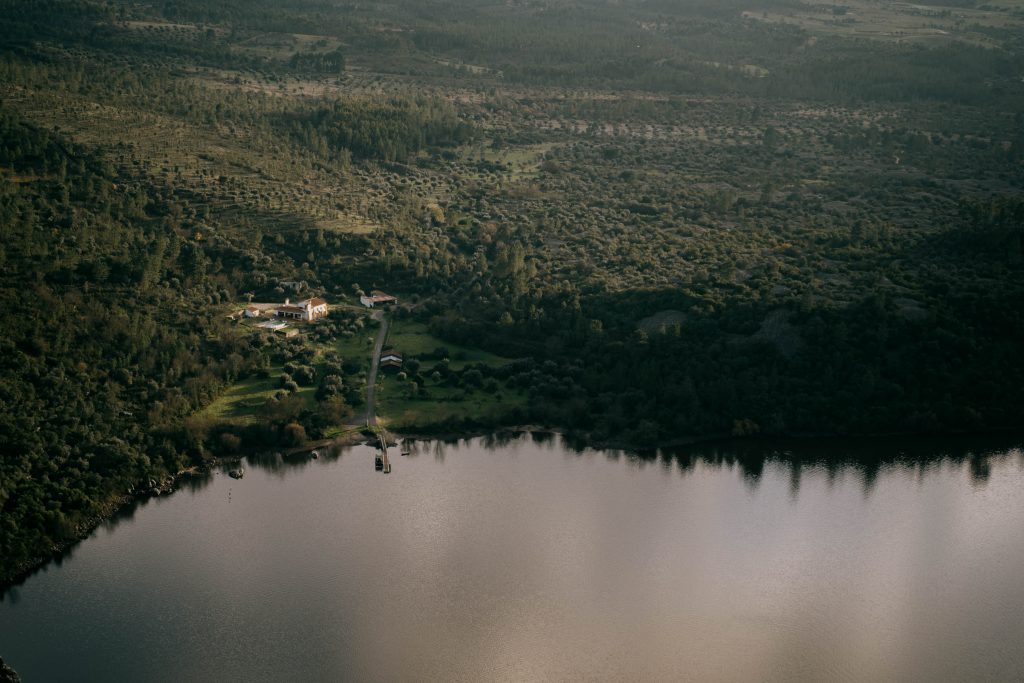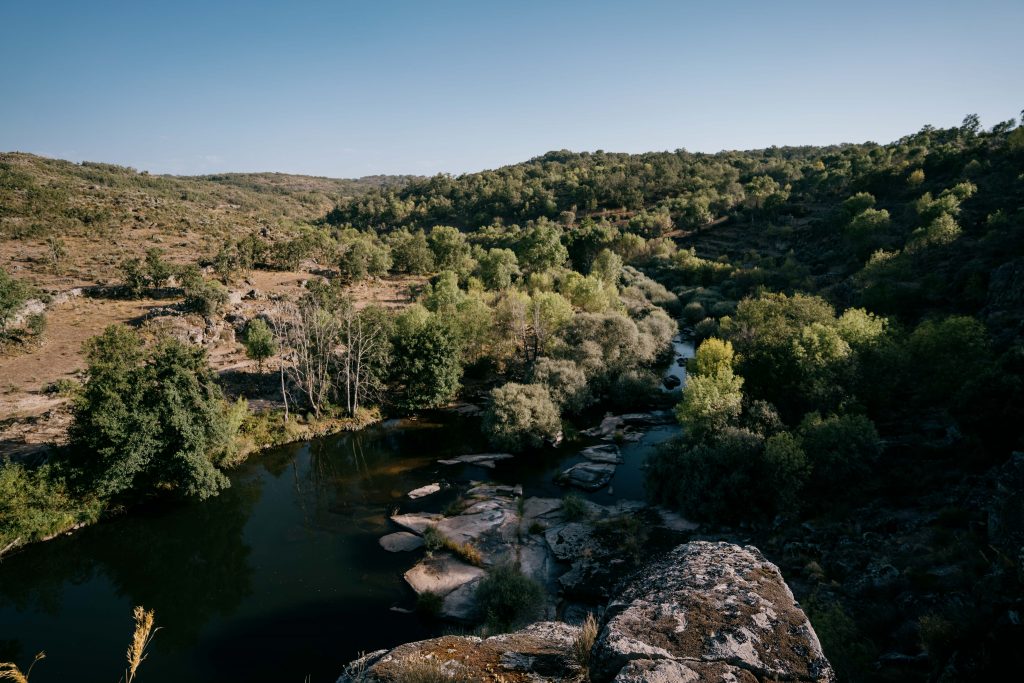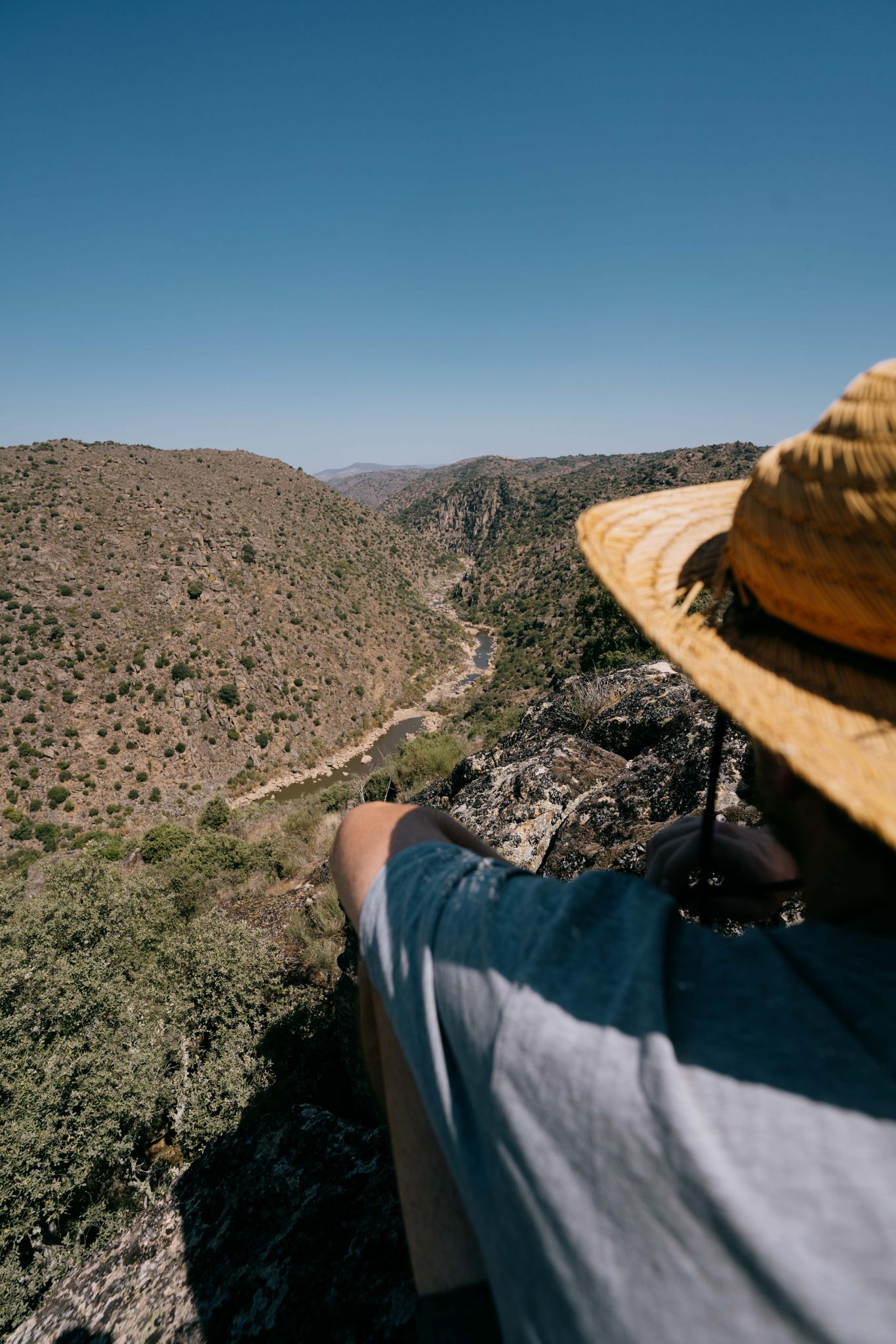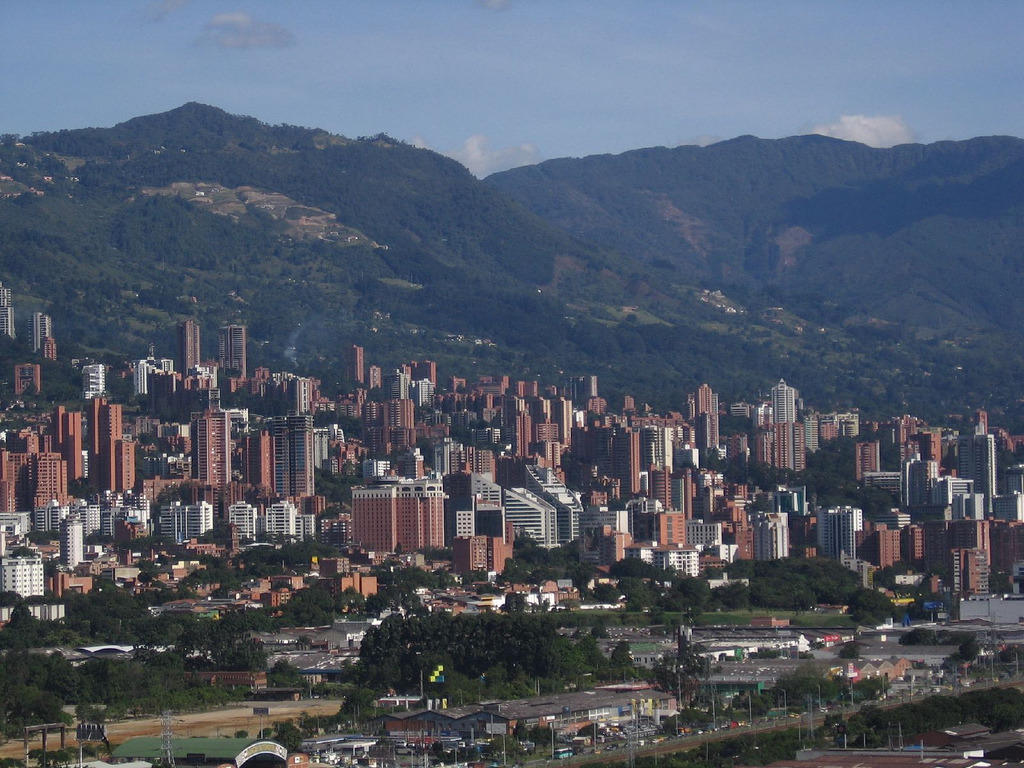Land use is one of the most important environmental metrics we have. Changing the way we manage our land from a destructive industrial way to a regenerative nature-driven way through rewilding might be one of the best tools we have in mitigating the harmful effects of climate change. Rewilding, as a strategy to manage land in a regenerative nature-driven way, moves increasingly into the spotlight of how to manage land. But how do you acquire land for rewilding? As many young people that get involved in rewilding we also asked this question ourselves at Sylvester. In this practical guide on how to buy land for rewilding, we share six important points that we consider when buying land.

1. What is suitable Land for Rewilding:
We generally say any land can be suitable for rewilding, but factors like size, location, and some other factors will affect your rewilding strategies and outcome.
Size: Small areas may need more intense and continuous rewilding management compared to larger areas. Conversely, a smaller intervention space might offer easier tracking of processes than large spaces.
Location: Remote areas offer more freedom for rewilding interventions and less concern about human interference. However, they offer fewer opportunities for volunteer engagement. Conversely, urban areas facilitate community involvement but require more communication.
Accessibility: Accessibility affects both logistics and volunteer involvement. Consider if a truck can access the terrain when needed and if volunteers can reach the area by public transport. Additionally, determine if the road leading to your area is private, as you may be responsible for its maintenance, incurring additional costs.
Building Permissions: In Europe, obtaining building permission for an area without existing structures is challenging. Check the building regulations for your land, especially if incorporating community space structures or ecotourism.
Utilities: If there are existing structures on your plot, they likely connect to gas, water, and electricity. Determine the costs for maintenance and/or usage of utilities to avoid unexpected expenses.
Neighbours: Identify the surrounding environment. Connect with neighbouring nature projects to develop a regional strategy. Evaluate if neighbouring industries or agriculture pose pollution concerns for your rewilding interventions.
Habitat: Assess the habitat type on your plot to anticipate land development.
Protection Designation: Determine if your land has a historic or nature protection status, as it comes with specific requirements and regulations that may affect your rewilding interventions.

2. Finding Land:
You basically have two options to look for land: online and offline. It is probably best to use both. Online platforms and real estate agents offer listings online but are often pricier than trying to get a hold of land through offline networking. It is still worth checking regularly online to see what is out there. For platforms like eBay, OLX, ebay Kleinanzeigen or Facebook Marketplace, you can also set alerts that notify you if listings pop up in your area of interest and price range. Many properties, however, never get listed. Asking around your area of interest and connecting with people might often result in more interesting and better-priced areas, though.
3. Responsibilities for Landowners:
Responsibilities for landowners vary by country and region. Familiarise yourself with the applicable responsibilities, as they may affect your rewilding intervention. Some common responsibilities include:
Fire Management: Landowners in southern Europe are typically responsible for wildfire prevention measures like firebreaks. Check local regulations and calculate annual management costs.
Access Maintenance: If your land is accessed via a private road, you are responsible for its maintenance. Calculate annual maintenance costs and comply with regulations.
Taxes: Tax obligations vary by country and project type. Consider environmental tax schemes and association ownership for cost efficiency.
Land Management Plans: Countries have region-specific plans that might limit land use.
Hunting Regulations: In most European countries, hunting licences are independent of land ownership. Understand who holds the hunting licence for your plot and how it affects your rewilding strategy.
Fence Maintenance: In most European countries, landowners must maintain fences and borders. Costs and requirements vary by region.
Historic Sites and Protected Areas: Compliance with preservation requirements may incur additional costs and affect rewilding efforts.
Registration: Land registration is necessary and can be time-consuming. Expect small costs and bureaucratic processes.

4. Legal Notes:
Single Ownership:This simplifies contracts but increases individual liability. Involving volunteers and accessing grants may be challenging.
Association: Creating an association or charity offers flexibility in involving people and shifts liability from individuals to the organisation. This legal form facilitates funding opportunities and may qualify for better tax schemes.
Company: Opting for a company or non-profit scheme grants access to startup and business funds not available to nonprofits. However, a viable product compatible with rewilding actions is necessary.
5. Financing:
Private Funding: Seek support from private trusts, foundations, or individuals interested in rewilding projects. Crowdfunding, small donations, and volunteer time can also make a significant impact.
Public Funding: Government agencies, local authorities, and the European Union offer grants for environmental projects. Explore countryside stewardship and environmental land management schemes for compatibility with rewilding principles.
Business Funding: Sustainable farming or tourism ventures on the land can attract interest from impact and startup funds seeking financial returns.

6. Alternatives to Buying Land:
Common Land: Depending on the country, various schemes exist for collective land ownership. Some European countries facilitate government-private land agreements for communal ownership.
Management Agreements: Engaging with receptive landowners who are open to rewilding can lead to management agreements, bypassing the need for land purchase. Explaining rewilding concepts and negotiating agreements can provide opportunities to start rewilding projects without full ownership.
Sylvester: With Sylvester we created an organisation that uses WildTokens, allowing communities to collectively finance, own, and rewild land in Europe. Land is purchased and managed by Sylvester Rewilding Association, with token holders contributing to decision-making in rewilding strategies. This innovative approach enables youth involvement in rewilding without the complexities of land ownership.
Useful resources:
Landscape Project offers interesting legal summaries on rewilding-relevant topics, including land acquisition and ownership, for Italy, Poland, Portugal, Scotland, England, and Wales. It can serve as a starting point for other European countries as well.
The International Union for Conservation of Nature (IUCN) provides particularly interesting resources for protected area statuses, rights, and conservation measures, such as ecosystem typologies.
How to Rewild’s guide for specific tips on buying land for rewilding in the UK.
Maps:
We hope this guide aids your land acquisition journey for rewilding. Keep in mind that regulations vary by country and legal entity, influencing funding options and project viability.






